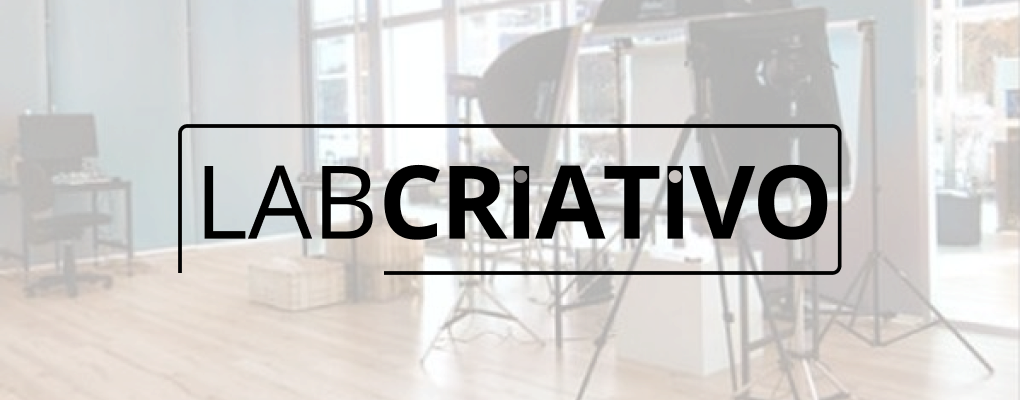Role: Project lead
Grendene is a leading Brazilian company in the manufacturing of plastic footwear. It has become an icon in the national and international footwear industry. With prominent brands such as Melissa and Ipanema, Grendene has gained global recognition for its innovative design. The company has over 15,000 employees and an extensive distribution network in more than 100 countries. Its annual revenue surpasses the billion-dollar mark.
Current Scenario (Why)
The Trade Marketing department is responsible for how the brand is perceived by consumers at points of sale. This department develops design projects (special projects for product displays in stores, catalogs, brochures, stickers, billboards, bus ads, among others) and approves the application of the brand in various forms, among other activities.
In 2018, these projects were delivered in two ways:
- internally, through a designated person;
- externally, by outsourcing them to agencies.
Outsourcing these projects not only resulted in longer delivery times but also incurred high costs.
In 2019, the demand for projects grew by 64.6%. To cope with this increase, an additional professional was added to the team. As a result, internal delivery reached 90% of the projects completed, with only 10% remaining for development through an outsourced agency.
In light of this new scenario, an opportunity arose to develop more projects internally, allowing Grendene to be present in both physical points of sale and on social media, even for those clients whose revenue was not sufficient to receive a design project.

Sectors and segments such as exportation and marketing, which were previously neglected due to a lack of internal workforce, experienced a growth of 1860% in the development of point-of-sale materials, increasing from 5 projects to 98 in 2019. The special projects category also showed a growth of 177%.
Comparing it to the costs paid to outsourced agencies, the projected cost of all internally developed projects in 2019 was R$432.000,00. Deducting the expenses for infrastructure, necessary licenses, and labor, we saved over 70% – R$300.000,00.
In addition to the internal work mentioned earlier, the marketing departments of various Grendene brands incurred a cost of R$1.6 million in 2019 for hiring agencies to develop other projects and materials.
Objective (What?)
Understanding that developing design projects internally expands market penetration possibilities with greater agility and lower costs compared to outsourced agencies, we established the objective of the project: How can we maximize project production and further reduce expenses with agencies?
How
I conducted research to understand the project inflows in agencies, how work divisions were made, and the charges for each project in that year. I spoke with individuals from various departments such as Marketing, Exportation, Human Resources, and Sales to understand their needs, their vision of an ideal scenario, and what could add value to their work and consequently benefit Grendene’s clients (B2B), increasing the company’s revenue.
After considering various possible solutions, I decided to delve deeper into one particular path: creating an agency within Grendene.
The objectives of this agency would be to:
- Serve all departments
- Reduce miscommunication
- Reduce turnaround time
- Achieve a short-term return on investment
The pilot project involved a team of six professionals and a photography studio, aiming to reduce at least 50% of the annual expenditure of R$1.655.915,00, amounting to R$842.957.50.
The projected annual cost of the team was estimated at R$474.400,00, with a projected return on investment expected within 18 months.
Realization and Achievement
Due to the significant impact of the COVID-19 pandemic in 2020, Grendene was heavily affected by restrictions and the closure of its clients’ physical stores. This directly impacted the company’s revenue, leading to reduced hiring, investments, and design project developments for clients.
As the situation showed signs of improvement both for society and the economy, the pilot project was resumed, albeit with adjustments to its original proposal to prioritize profitability and cost reduction.
The pilot project progressed with the establishment of the photography studio and the addition of an assistant to the existing team. These measures not only resulted in a cost reduction of over R$190.000,00 for the year but also enabled the expansion of services offered by the team to include sectors such as Digital Commerce and Exportation.
